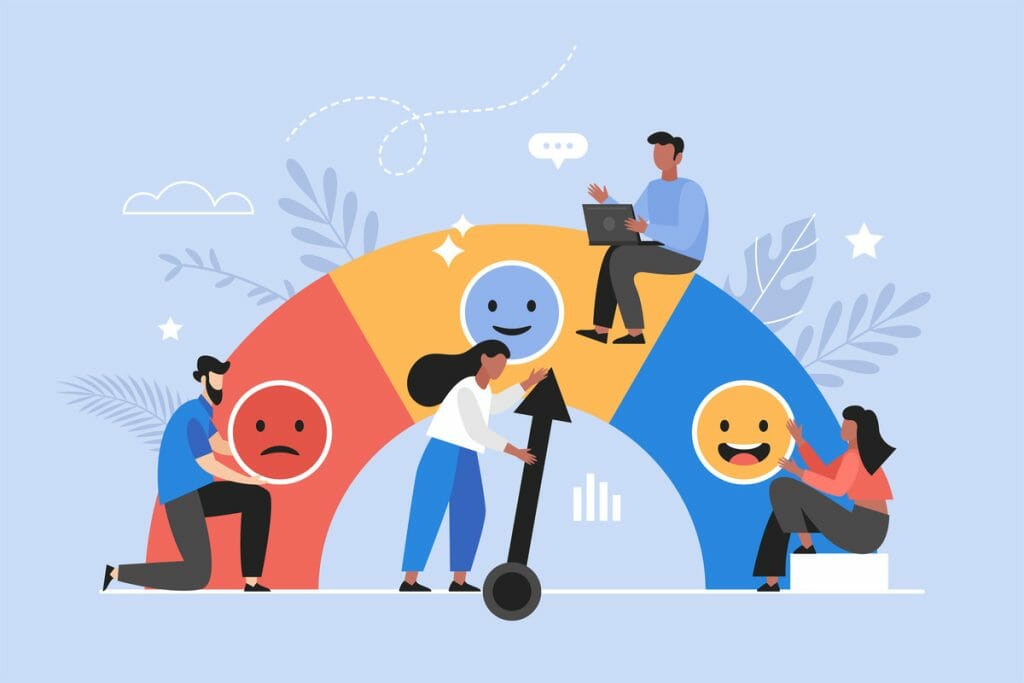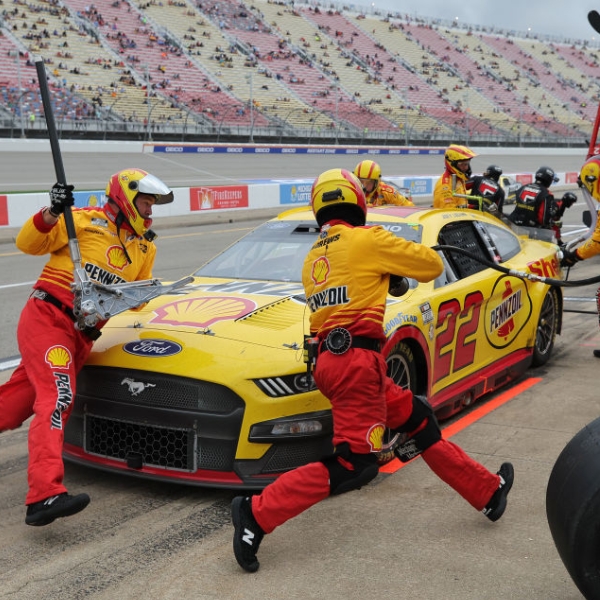Employee Experience: What is it and Why does it Matter?
Understanding and embracing the employee experience will set your organization apart from the rest. It is important during times of success but critically important during times of crisis and will allow your company to survive even its most challenging periods.
But wait – what exactly IS employee experience? We hear terms like employee experience, employee engagement, and employee satisfaction and while they’re different, we’re not exactly sure how. Let’s take a minute to define the employee experience. Gallup provides the simplest definition: “The employee experience is the journey an employee takes with your organization.” As described by Gallup in the image below, it involves analyzing all stages of an employee’s interactions with an organization, from before they join and through their departure.
Understanding how the employee experience evolves throughout an employee’s journey allows an organization to build processes and strategies to ensure employees perceive the organization in the most optimal way.
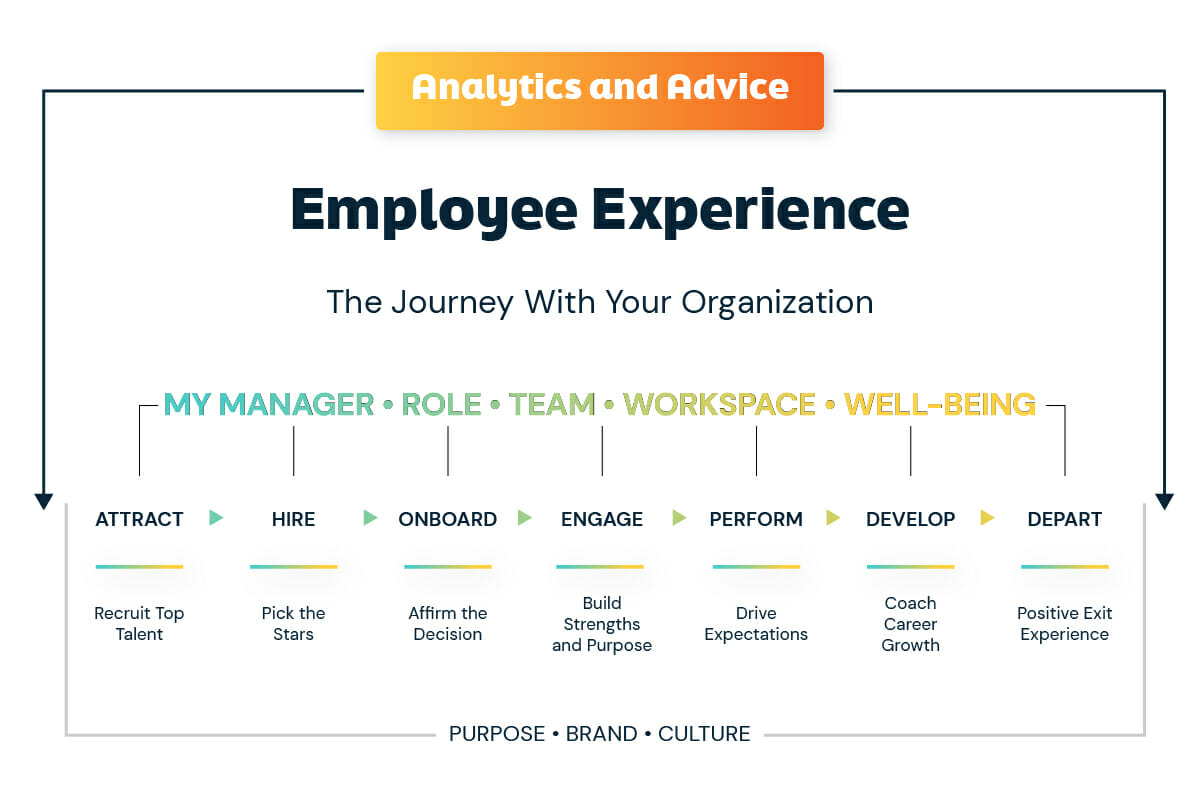
Source: Qualtrics
Developing an employee experience strategy also involved – you guessed it – the employees! More than ever, employees want to have a voice in the decisions of an organization. Allowing employees the opportunity to be involved in directly influencing a company’s strategy will not only engage your workforce, but it will create a sense of shared purpose while developing a new pool of leaders in the process. The employee experience, in summary, is one of the most critical strategies businesses should consider when planning for the future.
What is Driving this Renewed Focus on Employee Experience?
Whether we’d like to acknowledge it or not, we are beyond the days of “clocking in and clocking out”, where a job is a “job” and not a “career”. Let’s face it – for many, work has become a defining aspect of our lives, playing a huge role in our ability to live, thrive, and find satisfaction. The younger generations in our workforce have been the most prominent voices around the concept of the employee experience. As shared by Qualtrics, “Millennials, and increasingly Gen Z, want more opportunities to have their say and companies need to get a deeper understanding of groups who feel, think and behave differently to previous generations.” Millennials and Gen Z want connection at work, be that a connection to the purpose of their organization or connection to their colleagues and their leadership. They “expect to be treated as a unique person, just like they are when they interact with leading B2C brands as a consumer.”
The investment in employee experience might feel a bit overwhelming, but the payoff is worthwhile. Qualtrics found that companies who invest most heavily in the employee experience find themselves to be:
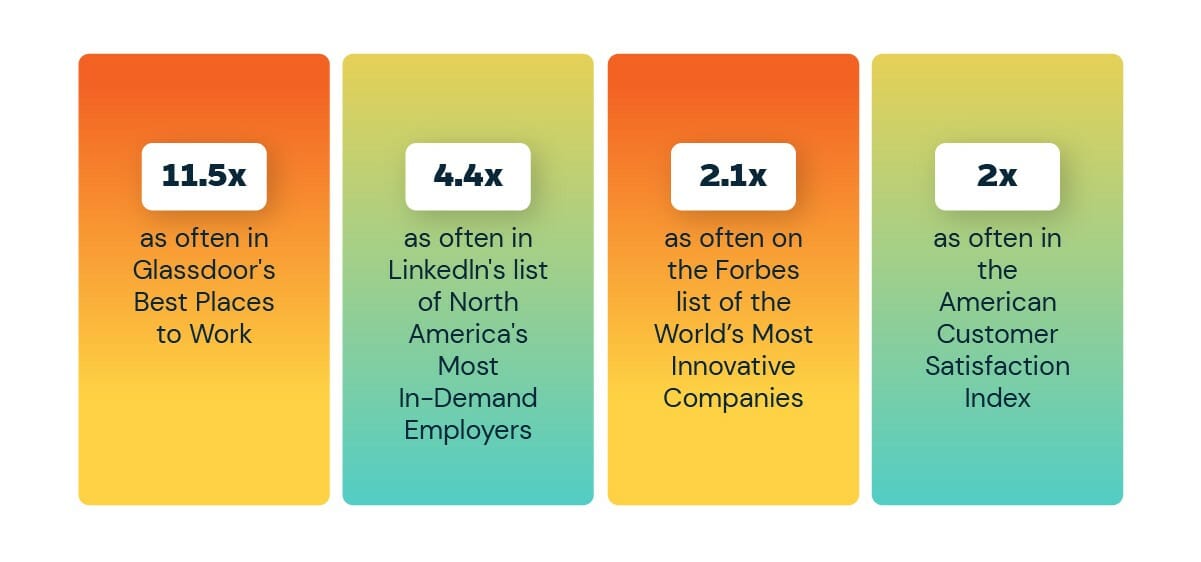
These are meaningful accolades that can directly impact a company’s ability to attract the right employees and drive its mission forward.
The Employee Experience is a Human Experience
Let’s not make it too complicated. The employee experience is, in effect, one that focuses on creating a human experience, where workers are not merely nameless cogs in a wheel, but critical players whose energy and influence matter just as much as their production. This goes beyond the “perks”, otherwise known as the employee satisfaction element of your strategy.
While comfy chairs, wellness rooms, snacks, and kombucha are cool, they are not directly influencing retention. HBR suggests that “instead of building a portfolio of ever-increasing offerings, benefits managers should focus on a “human deal” that makes employees feel cared for financially, physically, and emotionally.” This most often involves treating employees as “whole people” and understanding that work is an important part of life, not one’s entire life.
To promote this concept, offer flexibility and autonomy wherever possible. Ditch the concept that work must always be done in an office to be collaborative and productive. Some colleagues might find that working onsite does just that, but many will find it far more productive at home without the limitation of a stressful commute. Consider family obligations and challenges something to be integrated within a workday, rather than checked at the door. And don’t forget that colleagues without kids or family obligations have lives too – allow your employees to determine what flexibility looks like for them.
The Business Impact of a Good Employee Experience
Workhuman shared the dramatic benefits of investing in the employee experience: “better work performance (96% vs. 73%), significantly higher levels of discretionary effort (95% vs. 55%), and far greater levels of employee retention (21% vs. 44%)”. All of these internal benefits will undoubtedly impact an organization’s bottom line. A Workhuman study on the Financial Impact of a Positive Employee Experience found that:
- Organizations that score in the top 25% on employee experience report nearly 3x the return on assets (ROA) compared to organizations in the bottom quartile.
- Organizations that score in the top 25% on employee experience report 2x the return on sales (ROS) compared to organizations in the bottom quartile.
Perhaps it will help to think of the employee experience like business leaders think of the customer experience. Qualtrics identified three noticeable patterns that presented throughout their research: a connection to the company’s values and purpose; a feeling of safety and of equitable treatment, and; being empowered to deliver great service, and being recognized when having done so.
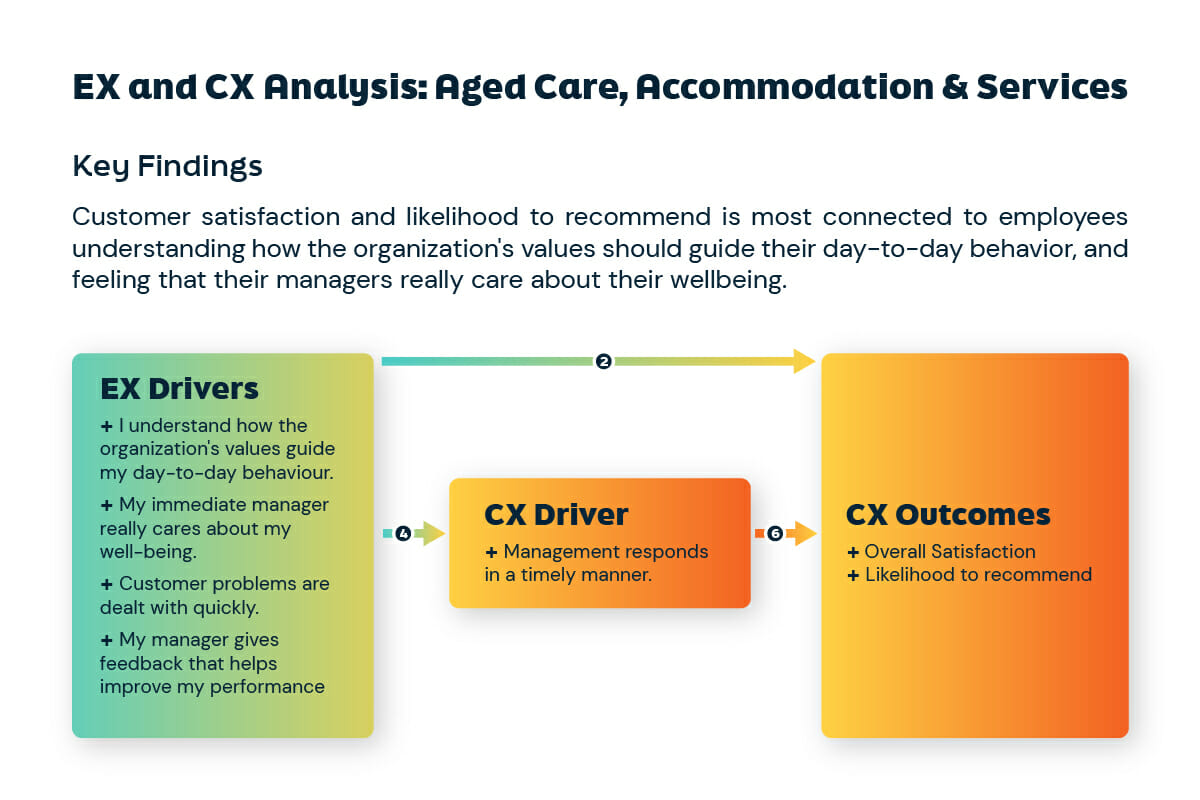
Source: Qualtrics
These are meaningful concepts that could drive serious business performance, but they won’t come without proper investment from the company. Commit to developing the employee experience just as you commit to your customers, and the sky is truly the limit.
Where to Start
If you’re prepared to commit time and resources to understand and improve the employee experience, congratulations! You’ve taken a meaningful first step in improving the experience of your employees and your organization’s bottom line. Consider the following two actions to begin your journey:
- Develop an effective onboarding process. While the employee experience begins during recruitment, it is shaped during onboarding. Too many organizations invest time in hiring the candidate, but not nearly enough time in onboarding and training them. Even the most seasoned employees require some onboarding, be that to understand processes, culture, and expectations. Not taking the time to unify and prepare employees at the onset of their journey risks a fractured culture and disengagement.
- Carefully identify your people managers. We’ve all heard the line: “People don’t leave companies, they leave managers.” And it’s true – managers play the most important part in the employee experience journey. Make sure your managers have what they need to succeed, including proper training, clear communication from leadership, and expectations of how a good manager behaves in your organization. Not everyone is suited to be a manager and that’s ok! Ensure your managers embody the company’s values, are effective and clear communicators, and invest appropriate time in developing their teams.

